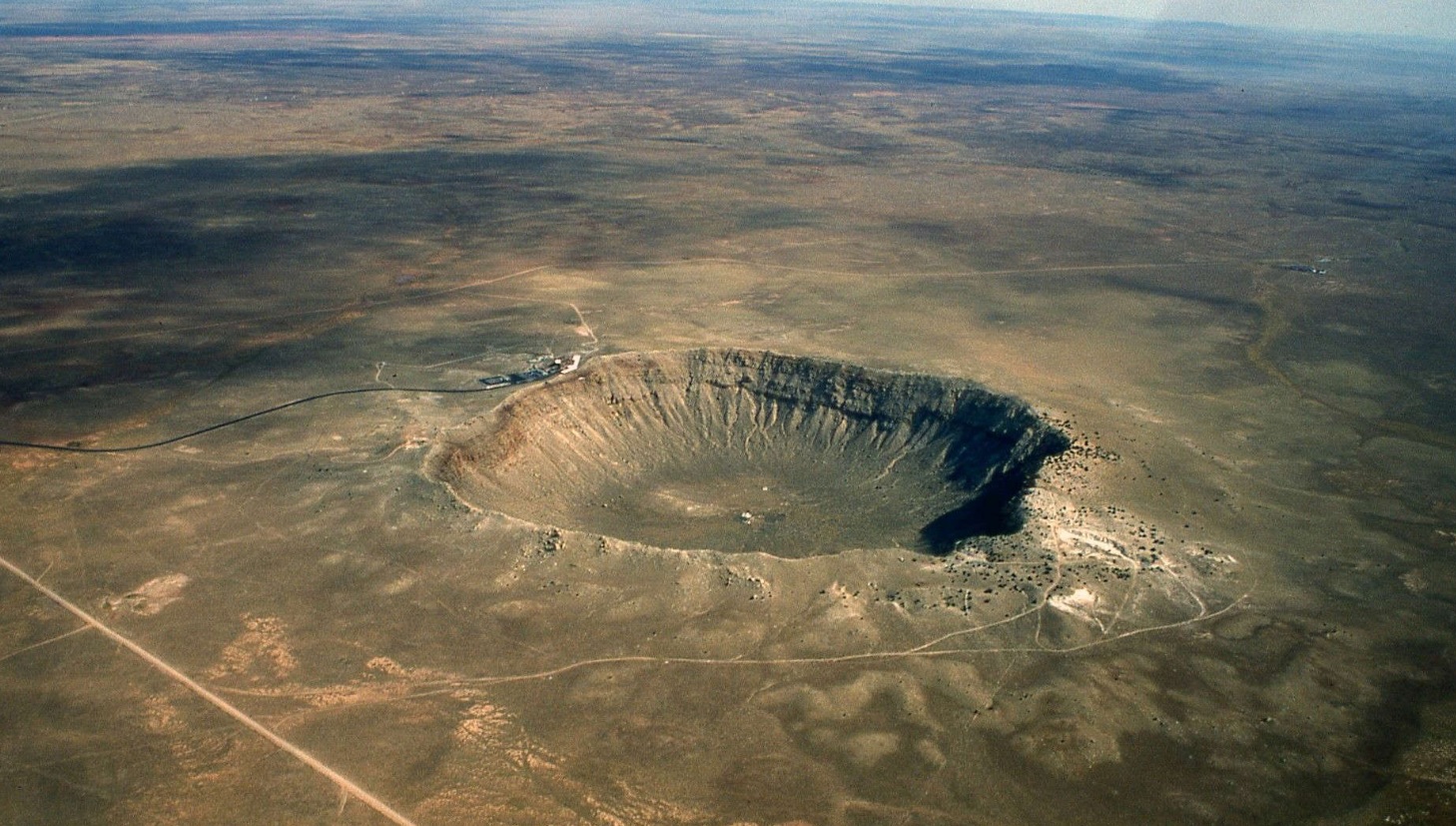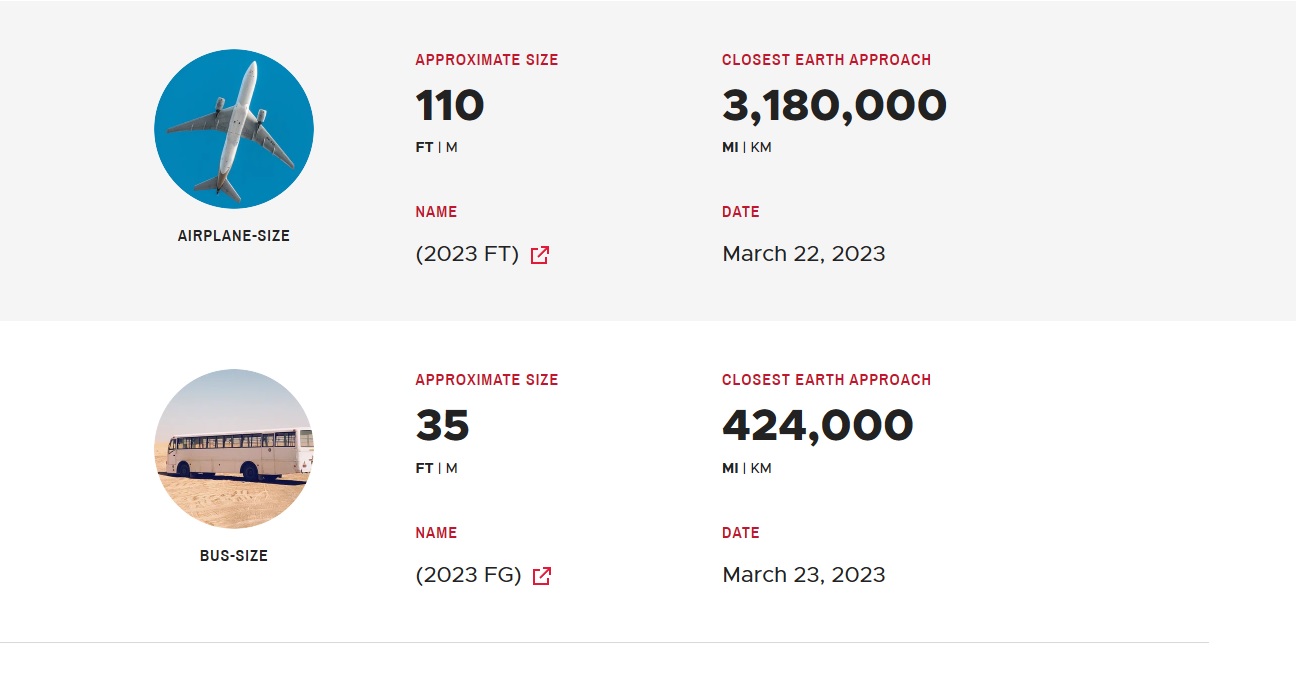
On September 23rd, 2022, NASA’s DART (Double Asteroid Redirection Test) mission made history by smashing into an asteroid in an attempt to change its path. The mission's primary goal is to test whether humanity could deflect a space rock if it were going to hit Earth.
The DART spacecraft was launched in November 2021, and it traveled over 10 months to reach its target, the moonlet Dimorphos, which orbits a larger asteroid called Didymos. The spacecraft reached the Didymos system on September 22nd and was scheduled to collide with Dimorphos the following day.
The impact was successful, with DART colliding with Dimorphos at a speed of about 6 kilometers per second, or over 21,000 kilometers per hour. The impact created a crater on the asteroid's surface, and the spacecraft's kinetic energy caused it to change its trajectory.

The DART mission's success marks a significant milestone in humanity's ability to defend against potentially hazardous asteroids. If a large asteroid were to be detected on a collision course with Earth, a similar mission could be launched to deflect it off its trajectory and avoid a catastrophic impact.
The DART mission is a joint effort between NASA and the Johns Hopkins Applied Physics Laboratory, and it is part of NASA's Planetary Defense Coordination Office, which is responsible for identifying and tracking potentially hazardous asteroids and developing strategies for mitigating the threat.
The mission's success is a testament to the ingenuity and dedication of the scientists and engineers who worked on the project. It represents a significant step forward in our understanding of asteroid deflection techniques and our ability to protect earth in such an event.



Several asteroids are set to pass by Earth this week, with some coming uncomfortably close. Although none of them are expected to collide with our planet, the possibility of an impact raises concerns about our survival.
The largest asteroid to come near Earth this week is called 2023 AG15, which is estimated to be between 73 and 164 feet in diameter. It will pass within 1.8 million miles of Earth on March 26th. While this may seem like a large distance, in astronomical terms it's a relatively close call. However, scientists have confirmed that there is no risk of impact. Another asteroid, named 2023 AC12, will also make a close approach to Earth on March 25th, passing within 1.9 million miles. This asteroid is smaller, estimated to be between 30 and 68 feet in diameter, and poses no threat to Earth. Finally, a third asteroid called 2023 AE4 will pass by Earth on March 24th, but at a much safer distance of over 5 million miles away. Although the chances of any of these asteroids colliding with Earth are low, the possibility of an impact is always a concern. NASA and other space agencies are closely monitoring these asteroids and others that may pose a threat in the future. If an asteroid were to be on a collision course with Earth, scientists would work to deflect it using various methods, such as gravitational attraction or explosive force. Overall, while the passing of these asteroids may cause some unease, there is no immediate danger to our planet. However, it's important to continue monitoring and preparing for potential threats from space.

